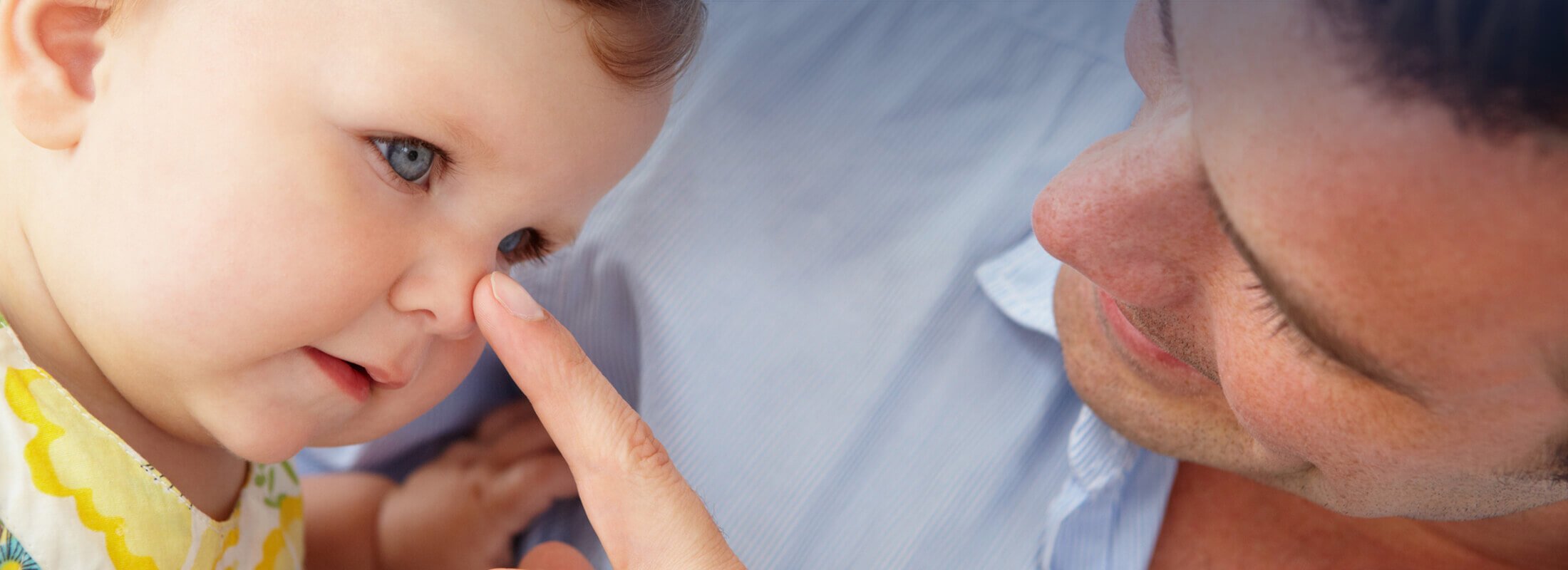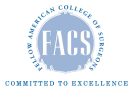Post-Mortem Sperm Retrieval/Extraction
What is a Post-mortem sperm retrieval (PMSR)?
A post-mortem sperm retrieval or extraction, known as a PMSR for short, is a medical procedure performed by a surgically trained Urologist whereby potentially sperm-rich tissue is extracted from the testicles from a man that has recently deceased. A PMSR is typically performed on a gentleman that unexpectedly passed away before he and his significant other/spouse had the chance to have children. It is because of this procedure that the spouse may realize her dreams of having her husband’s children, despite the tragedy of his untimely death.
Retrieving sperm in a post-mortem case can be a complicated process, as there are many moving pieces that need to occur within 48-72 hours of death. Orchestrating the consult, paperwork, sperm retrieval, labs, and transport can take 12 or more hours. If the decedent passed away outside of a hospital setting, the sperm retrieval will typically have to wait until the autopsy is complete and the body will need to be transported from the morgue to a Urologist to retrieve the sperm. If the decedent passed in a hospital setting and he is an organ donor, organ donation organizations will want to retrieve the organs within a matter of hours, so that could mean that the sperm retrieval also needs to be performed within a matter of hours—remember that orchestrating the moving pieces typically takes about 12 hours, so you can see that the process can get complicated quickly. However, take heart: if you know what you need to do from the very beginning, it smooths and hastens the process.
Things to keep in mind
California law like most State law, clearly indicates that the reproductive tissues is the sole property of the deceased and therefore it must have been their intention prior to death that they wanted to have a child and specifically with that partner or spouse. The procurement team must be convinced of this before moving forward. It usually involves interviewing the next of kin especially the parents of the deceased.
The most crucial thing on the “to do list” is to have blood drawn in order to perform infectious disease testing. Without this testing, no reproductive facility in the US can legally perform the insemination procedure. This is because the practitioner that performed the insemination will be putting material from the decedent into the woman’s uterus and the practitioner must ensure that the woman will not contract a sexually transmitted infection from the sperm used. Therefore, without this infectious disease testing, performing the sperm retrieval is not beneficial because the sperm cannot be used within the US anyway.
One thing to bear in mind is that it is difficult for a doctor to travel long-distance to perform a surgery, as he has other patient responsibilities. It is however, entirely possible to have the body transported to the doctor. In the past, patients have transported the body via a hearse, through a morgue courier service, or have even personally flown the tissue after a surgeon has extracted it to our office San Diego.
It is also important to note that post-mortem sperm retrievals are relatively uncommon. The physician or coroner may be unfamiliar with the process, so it is up to the family members to initiate the process. It is also widely undecided who gains ownership of the sperm upon the man’s death: parents or significant other? Due to this unknown legal status, some hospitals or morgues may not be the most cooperative due to the uncharted territory of PMSR cases. Be diligent.
Organizations like the Fertility Center of California have worked out these details and legalities of this emotional time. A team has been created to work with the family, physicians, hospitals, corners and others in the process.
What happens after the retrieval?
After the sperm retrieval is performed, an andrologist will warm the sperm up in an incubator and will view a drop of the specimen to check for viable sperm. If viable sperm are visualized right away, the tissue will be cryopreserved immediately. Once the tissue is cryopreserved, the frozen specimen can remain in suspended animation for years and still be viable for fertilization of an egg. Because the sample is a mixture of sperm and testicular tissue, it may only be used for IVF-ICSI procedures (in-vitro fertilization with intracytoplasmic sperm injection).
Typically, there is a grievance period required by a responsible practitioner before the significant other can remove the tissues from the cryobank. This may seem over-done, but it is with the significant other’s best interest’s in mind. The idea is to assist the significant other by not allowing major life-altering decisions while under the influence of grief. Some cryobanks will also require that the significant other be cleared by a mental health care provider after the grievance period and prior to removing the tissues from storage.
If you have any questions about post mortem sperm retrievals or are faced with the need for one, please call our office at 619-265-0102.






